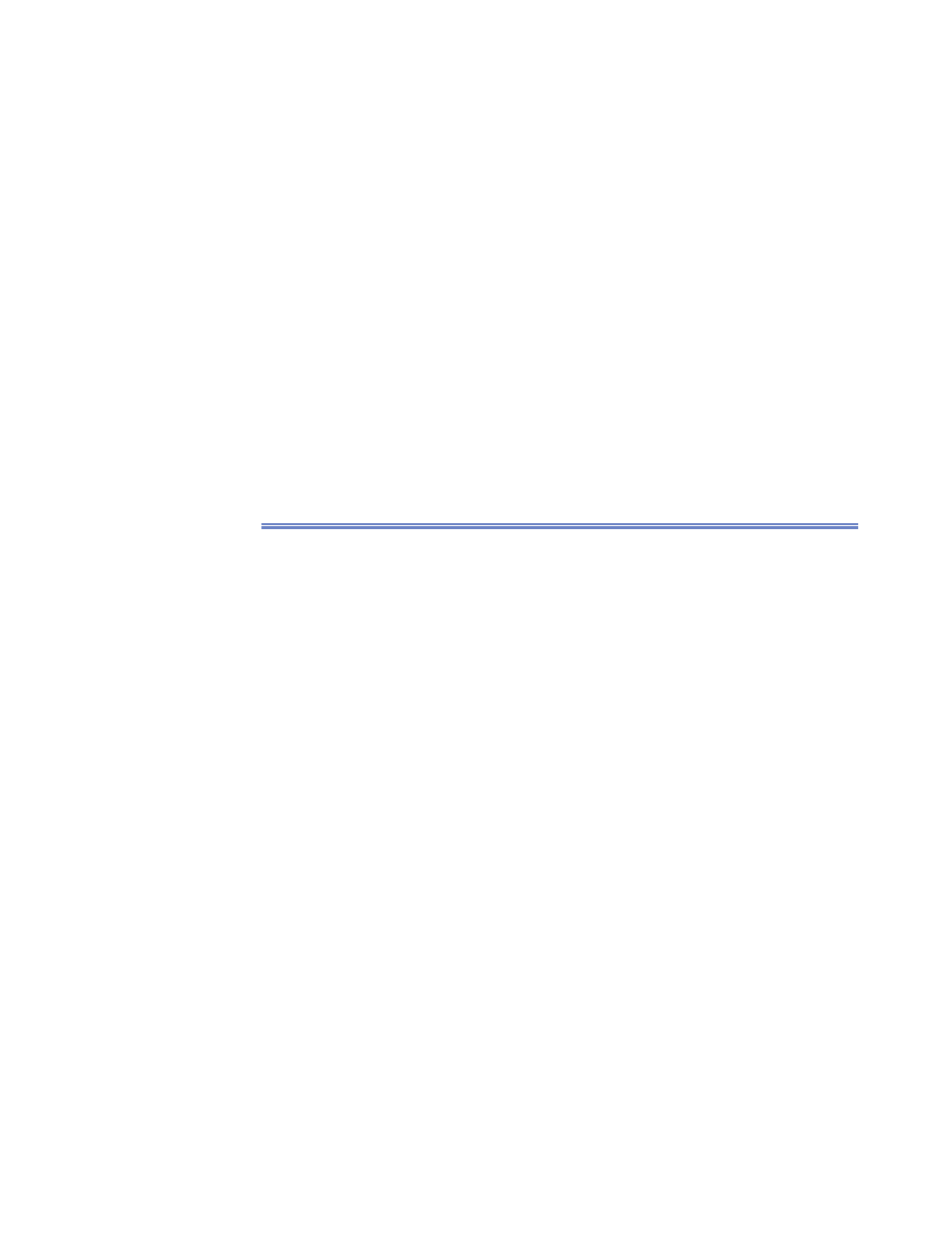F.13 air leakage visualization – Retrotec USACE User Manual
Page 326

F32 ENERGY & PROCESS ASSESSMENT PROTOCOL
both directions will cause exhaust wind fl aps to close for one half the test which
realistically models how they will behave operationally.
It is clear that air leakage standards will require adjustments to designs and
attention to detail by the builder. Testing for air leakage must be carried out
during construction to ensure the builders learn as they go as to what works
and what does not. Existing buildings that have no air leakage goals to achieve
have air leakage rates that vary by a factor of ten. Clearly different building
practices and designs achieve different results by coincidence. Engaging with
testing and air sealing professionals will quickly advance the science of creating
tight envelopes. ASHRAE states that 0.1 cfm/ft2 at 75Pa CFM75/ft
2
is ideal for
energy effi cient buildings and may be a level where air leakage losses become
so small that they are overshadowed by ventilation losses. Tests on over 200
buildings in Canada, USA and the UK indicates that measured air leakage
levels on existing buildings range from 0.15 to 1.5 CFM75/ft
2
. Floor slab leak-
age has the potential of 0.01 CFM75/ft
2
or less, which would have the effect of
vastly reducing stack forces.
F.13 Air Leakage Visualization
Whole building pressurization testing accompanied by the use of infrared
thermography helps visualizing and locating actual leakage points and paths of
travel through the enclosure. As the pressure differential is increased, any air
leaking through the enclosure will most likely undergo a temperature change.
Work prior to testing can involve heating or cooling of the interior spaces to
exaggerate this temperature gradient. While infrared cannot see the leaking air
itself, the surrounding building materials’ surface temperatures are affected by
its fl ow, which can be easily detected by infrared. Thermographic air leakage
patterns are often very subtle and diffuse, and without the proper equipment
and expert personnel air leakage pathways are easily missed. In addition to
locating air leakage pathways with infrared thermography, techniques includ-
ing smoke testing and invasive testing are also incorporated. Smoke machines,
puffers or pens can be used to track the air currents. The following pictures
demonstrate the use of infrared thermography to locate areas of air leakage
while building is pressurized or depressurized.
